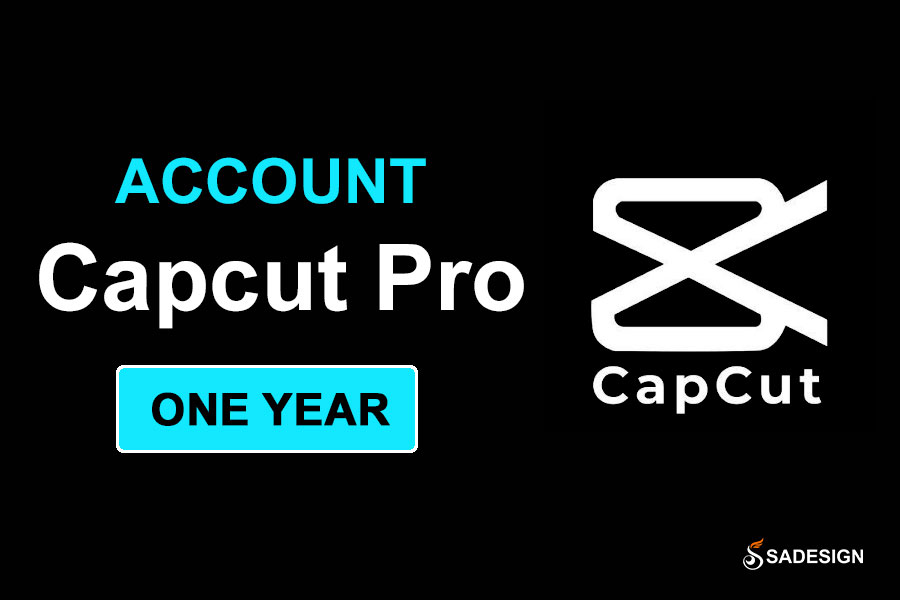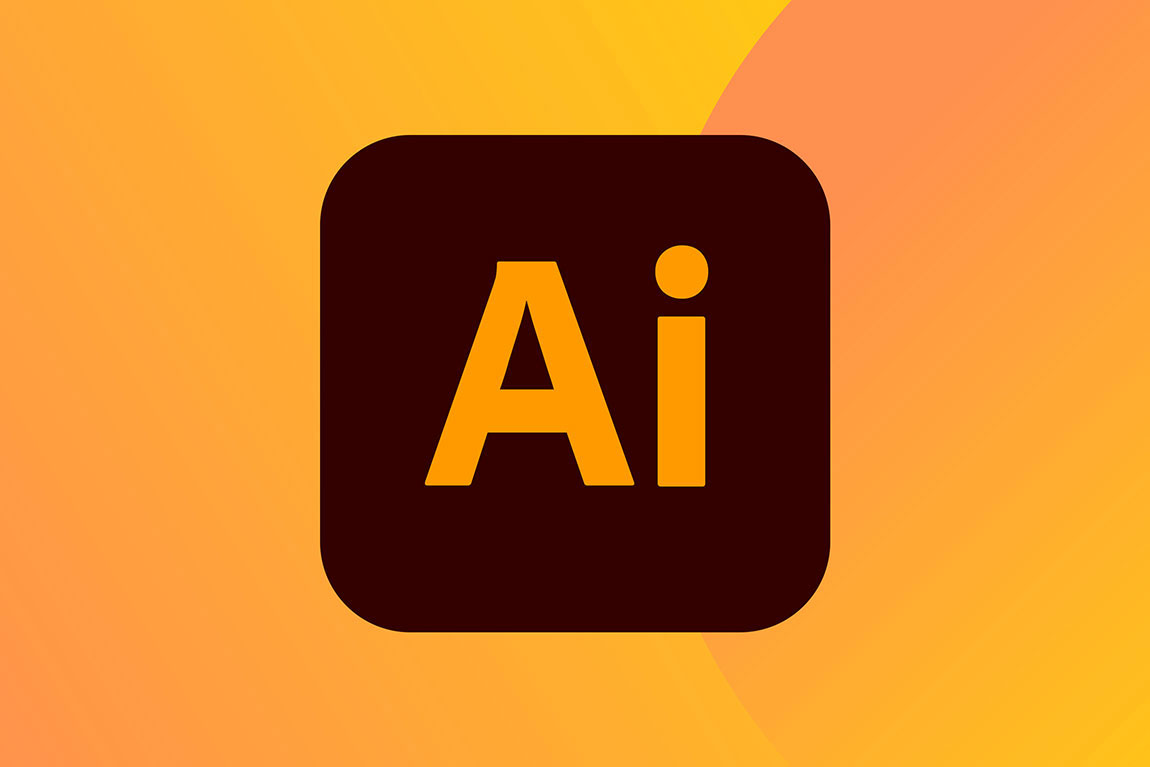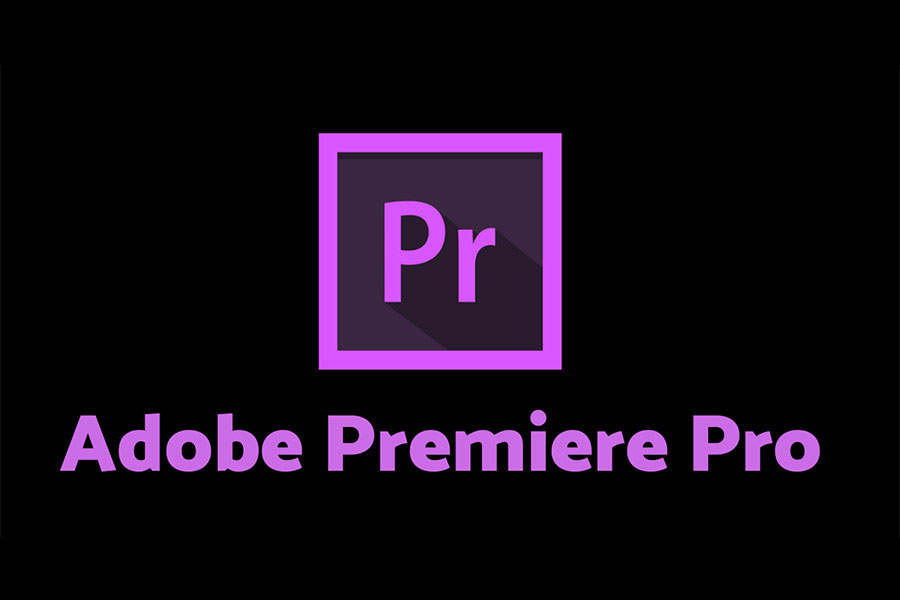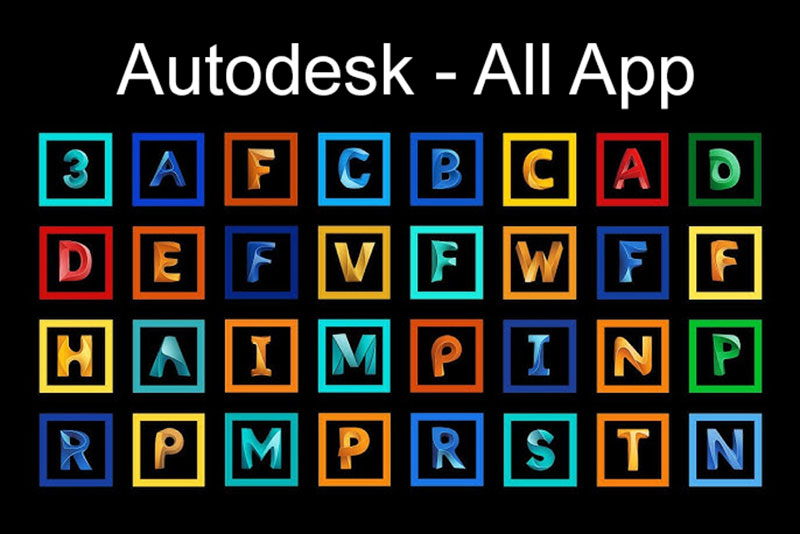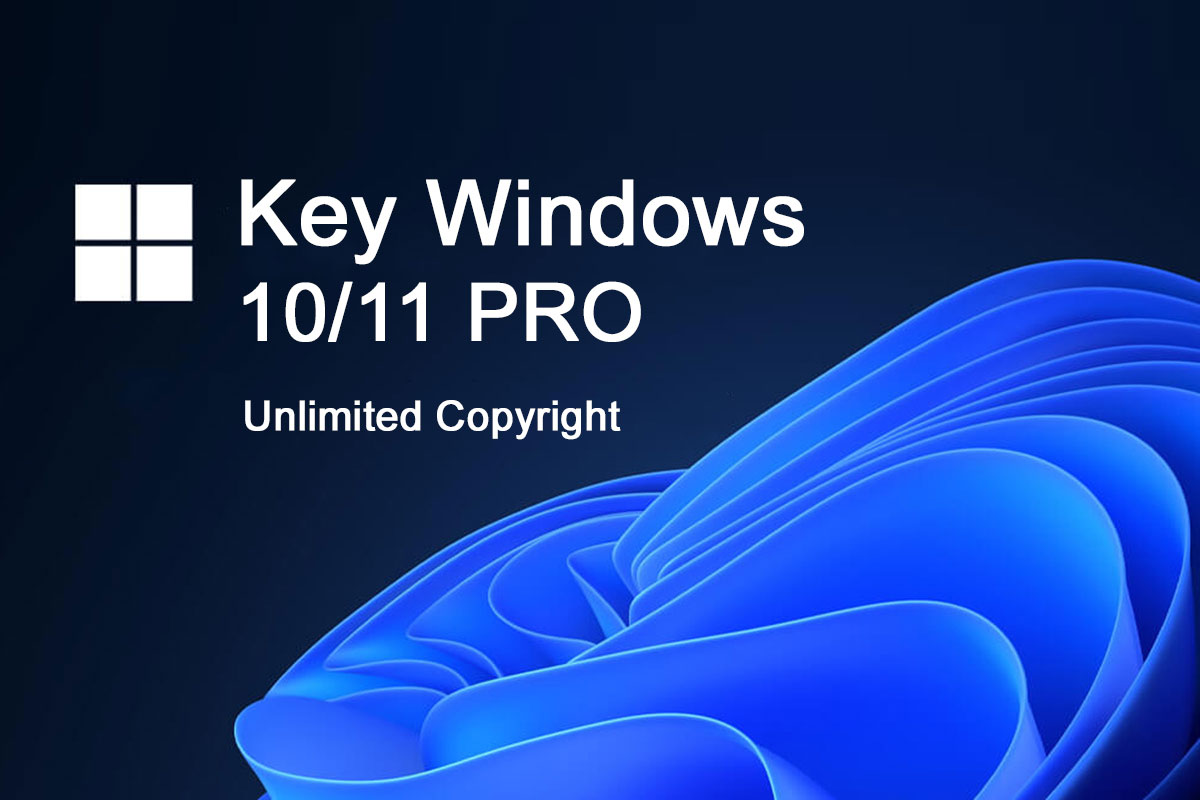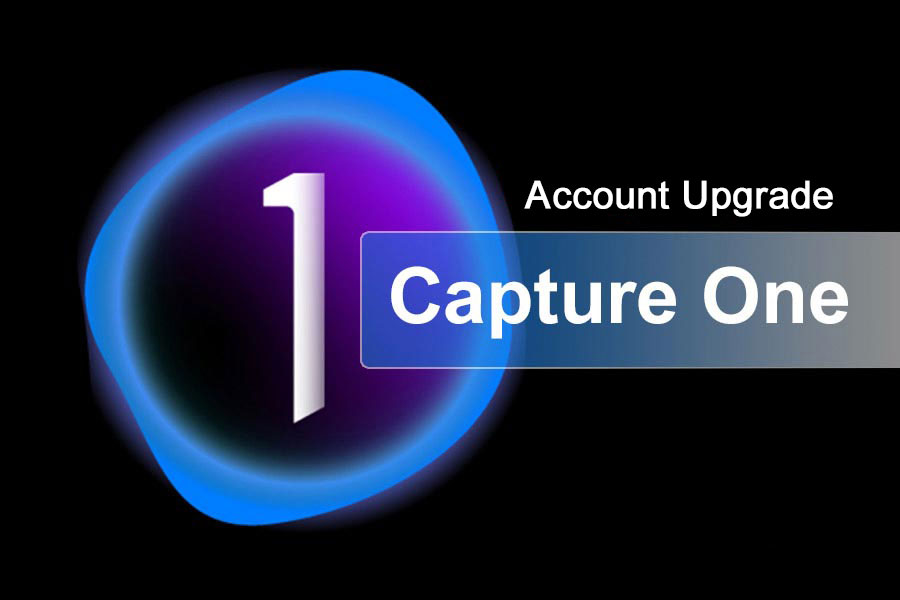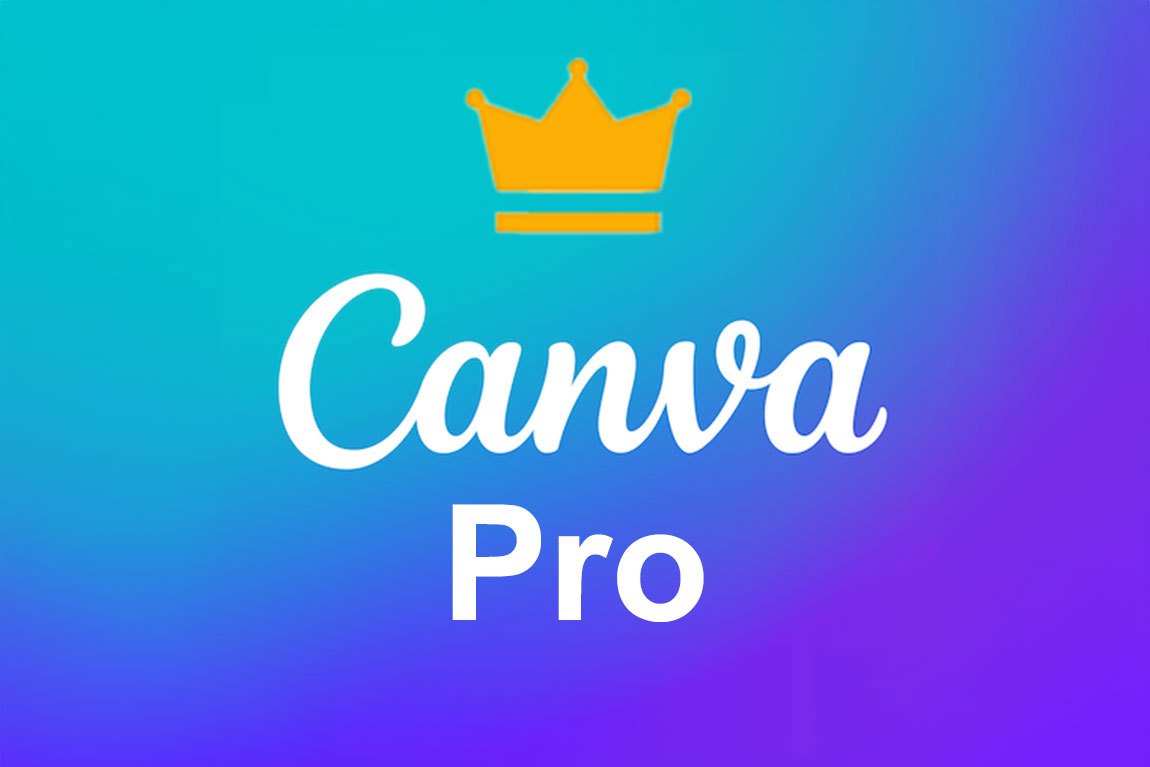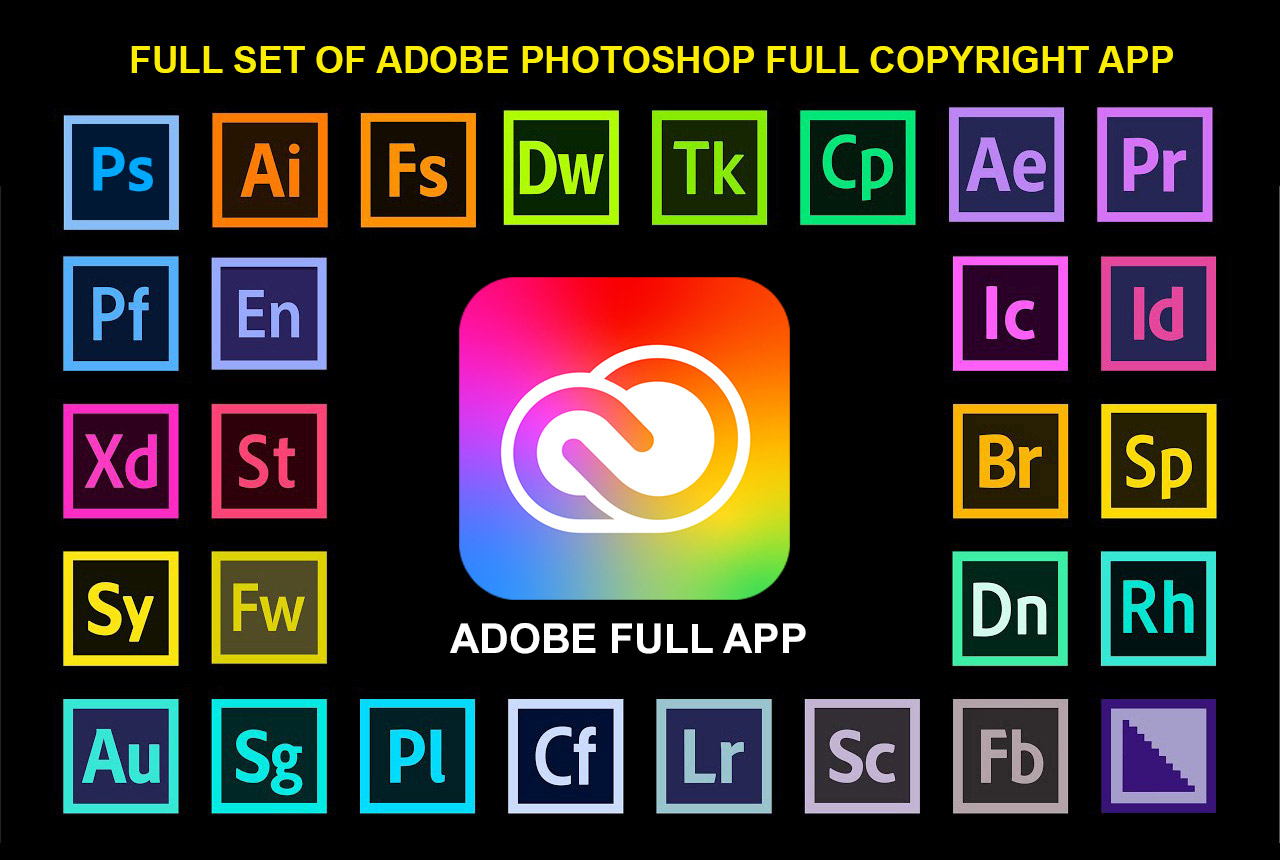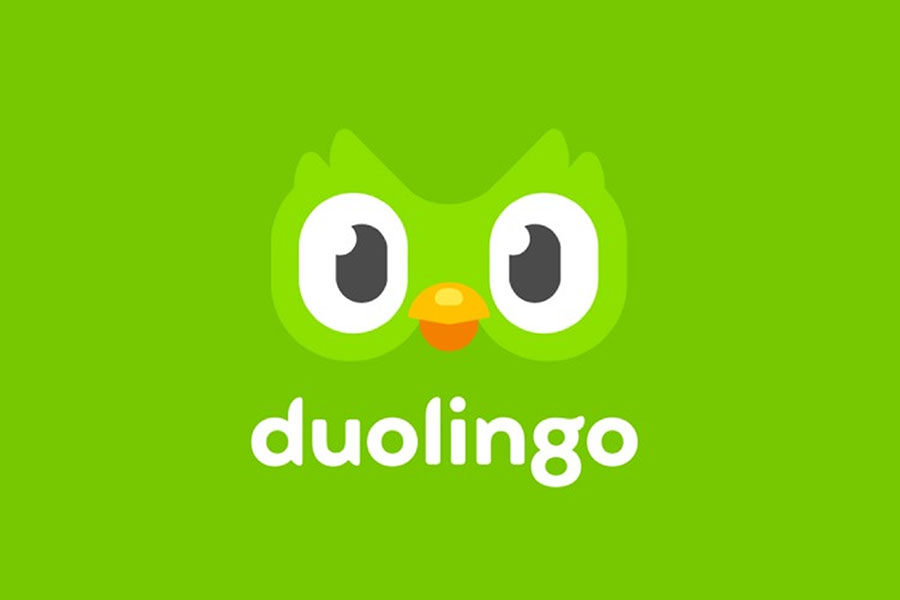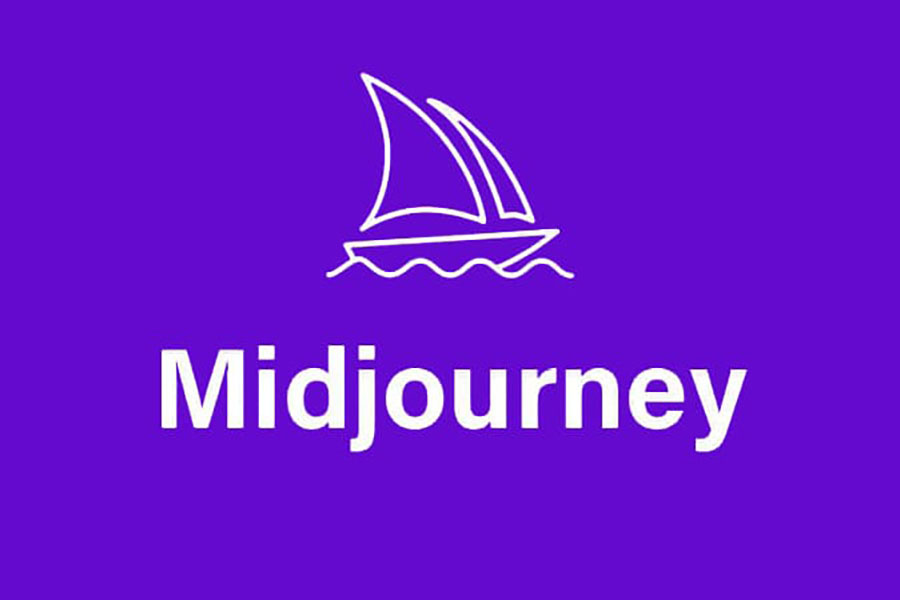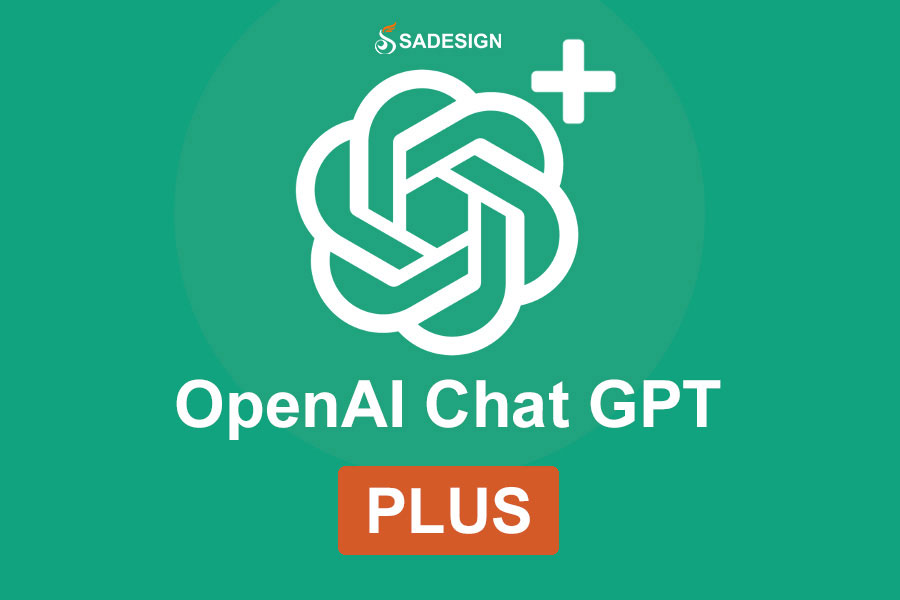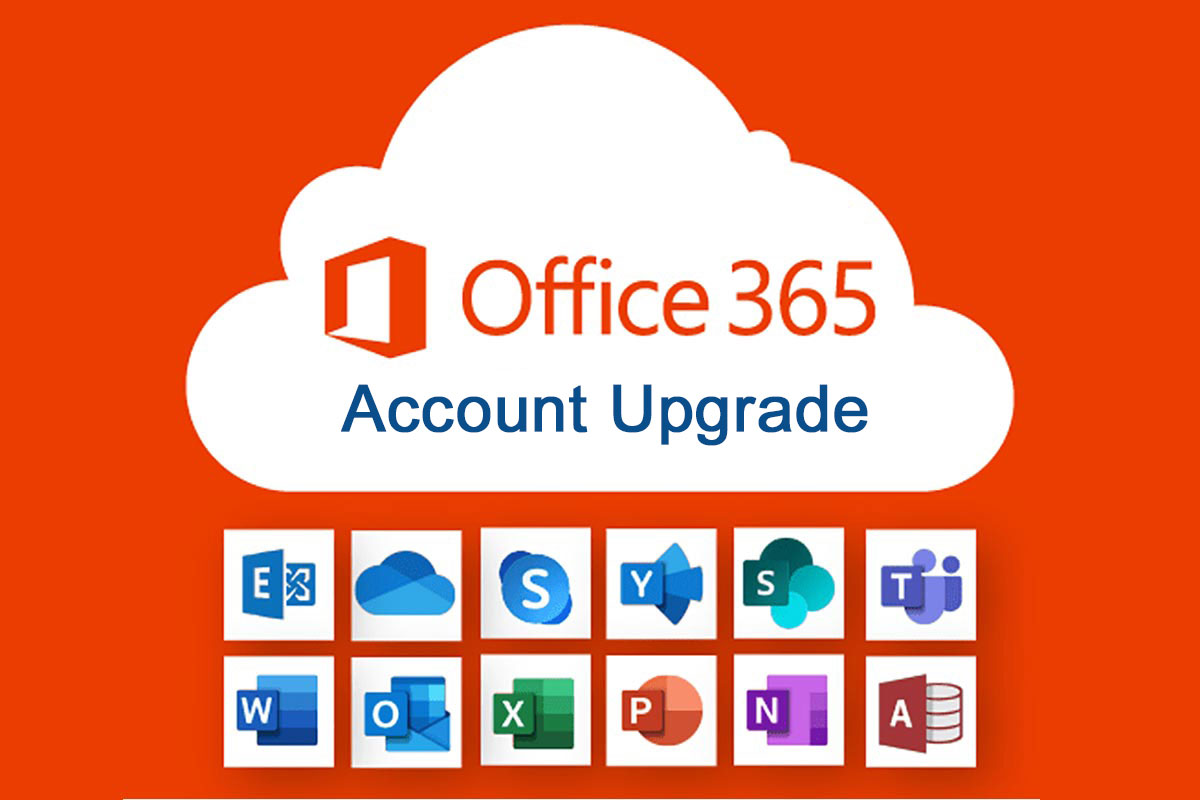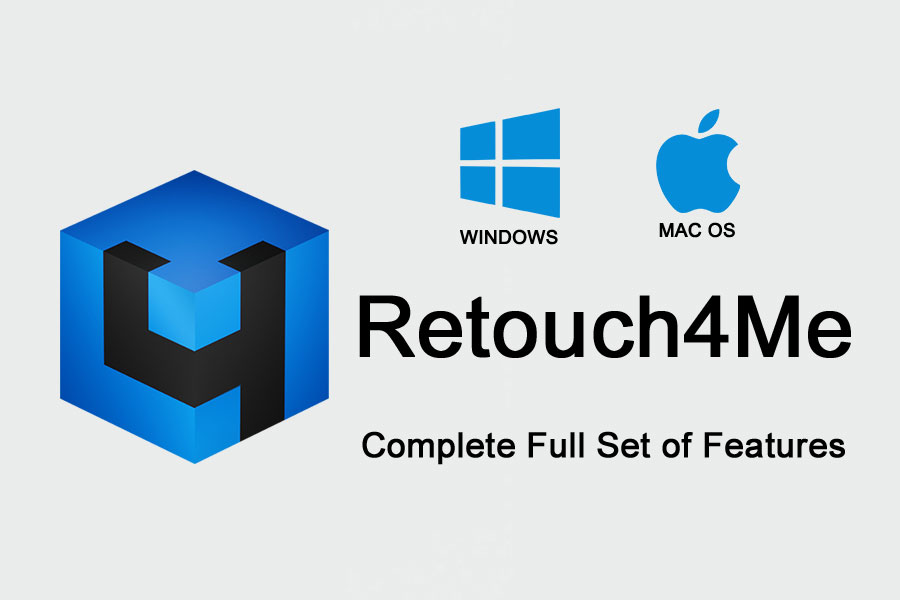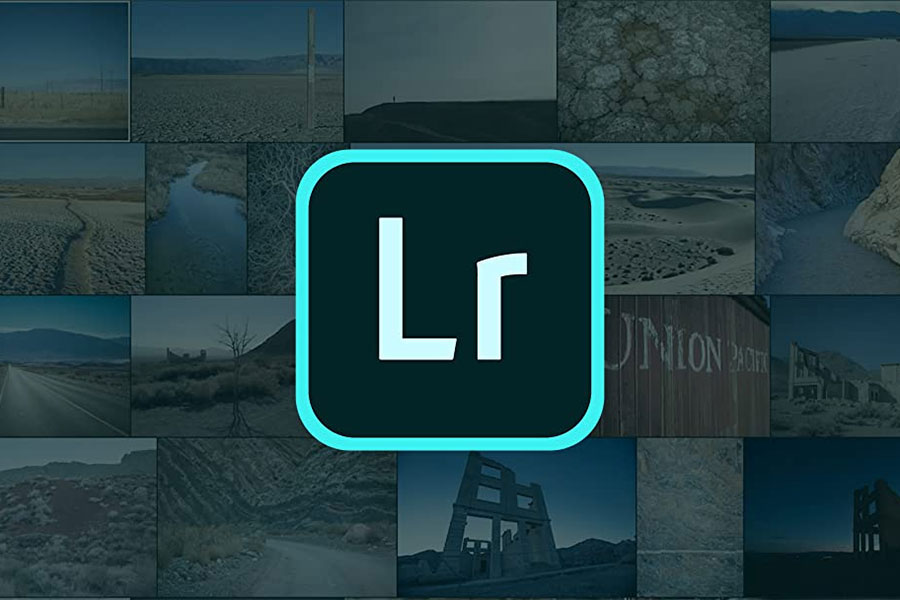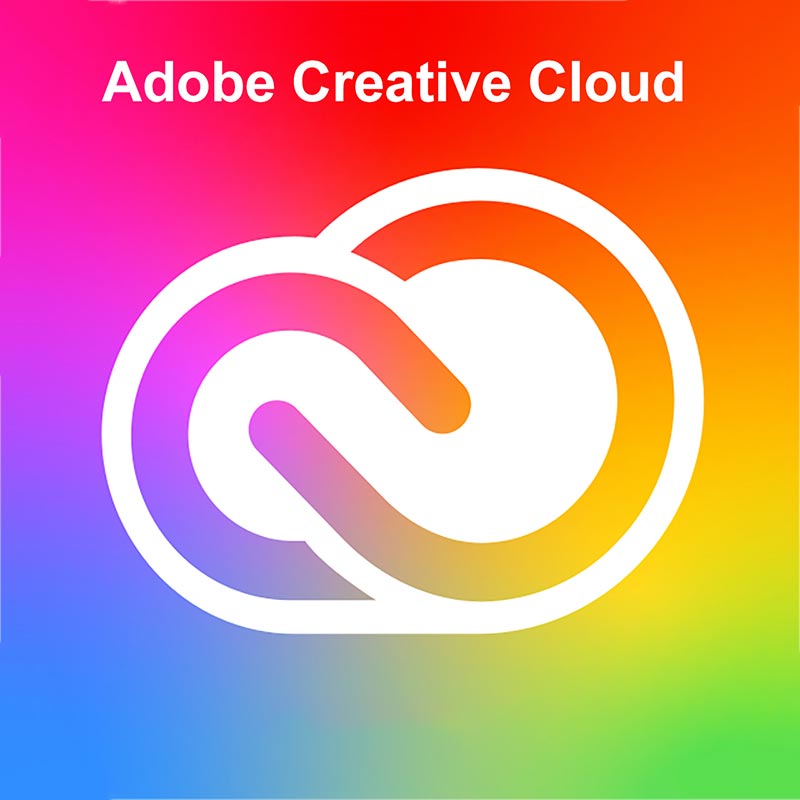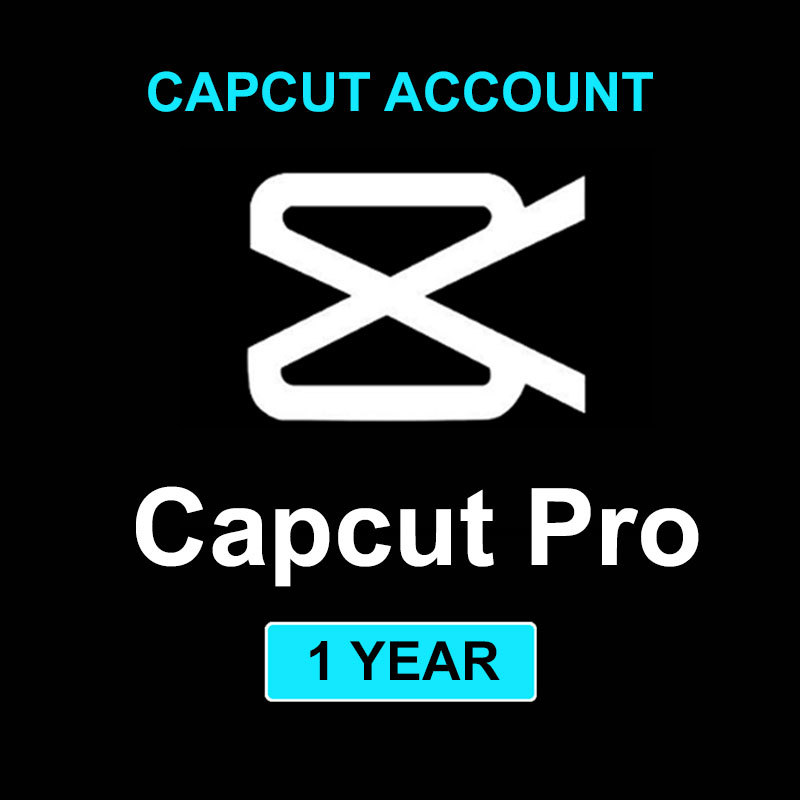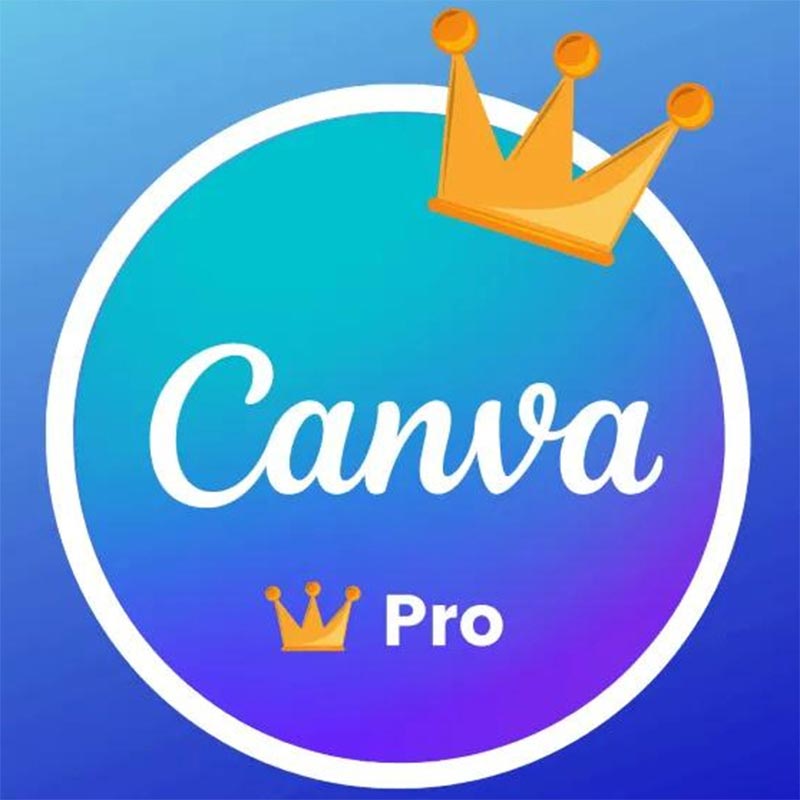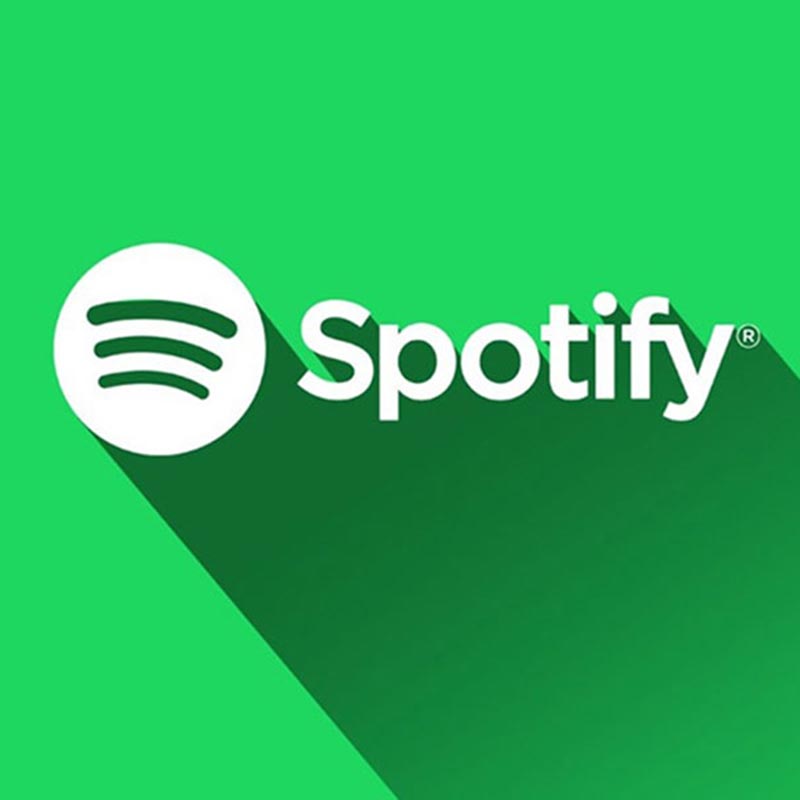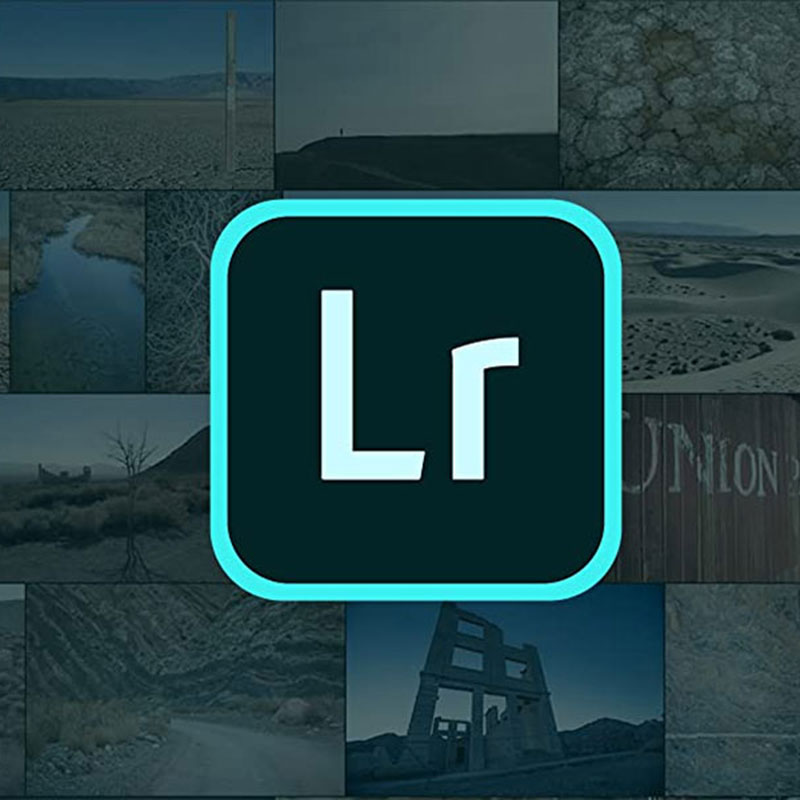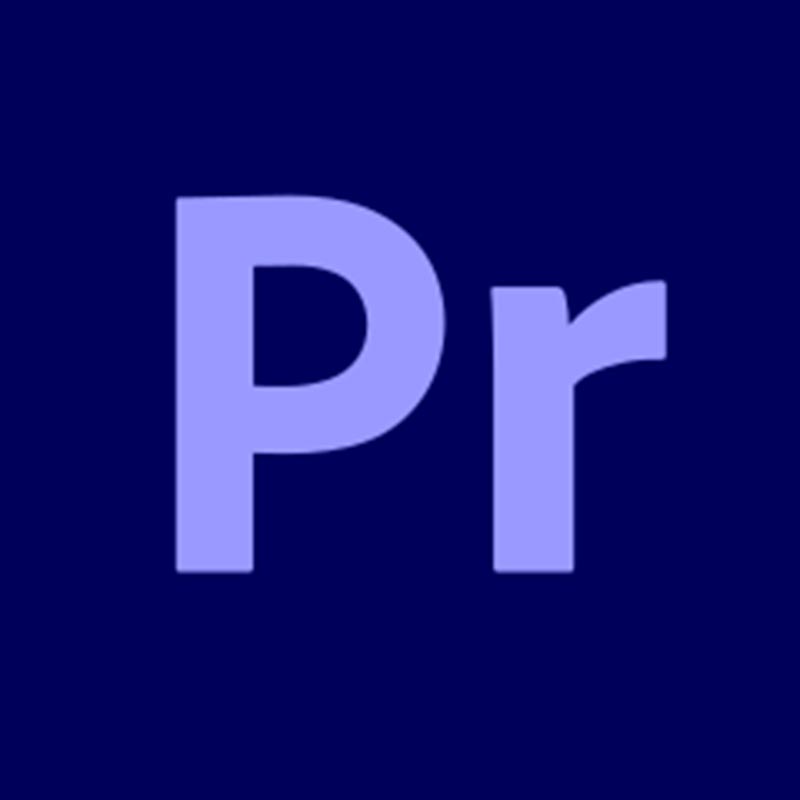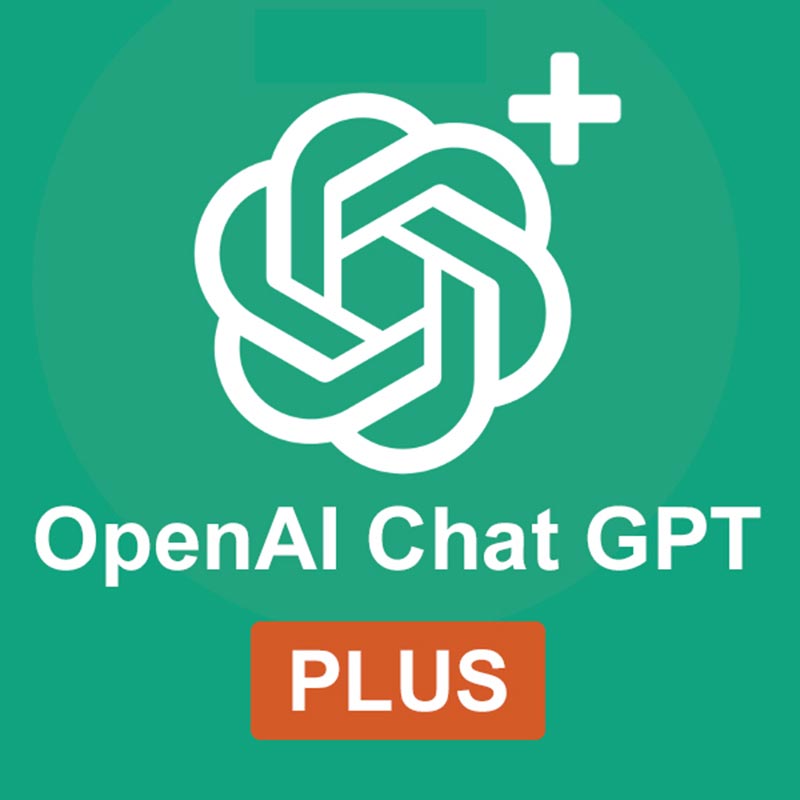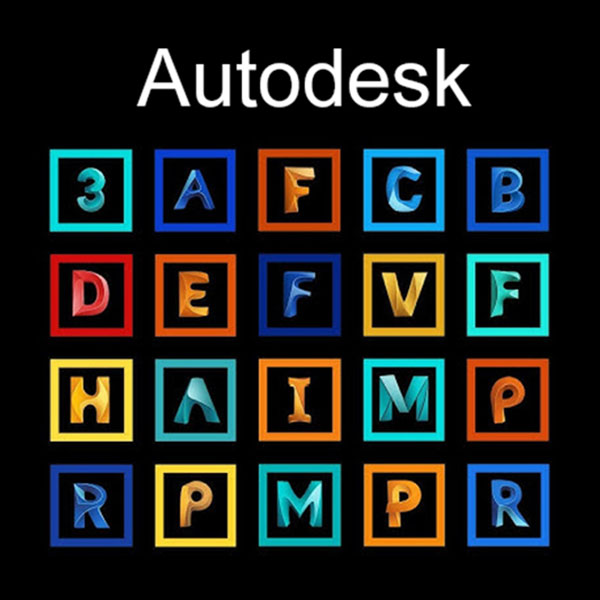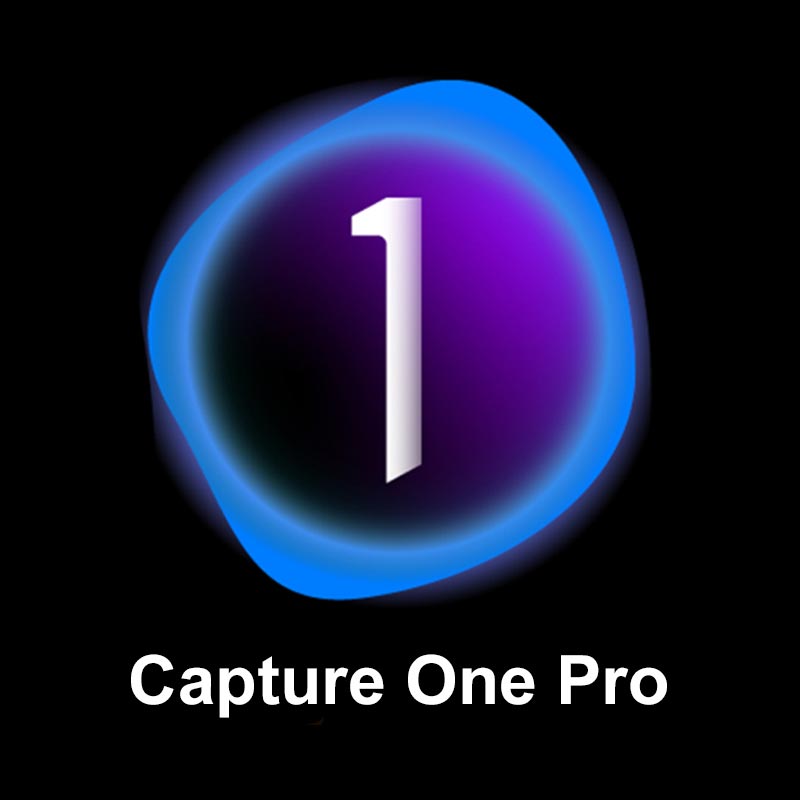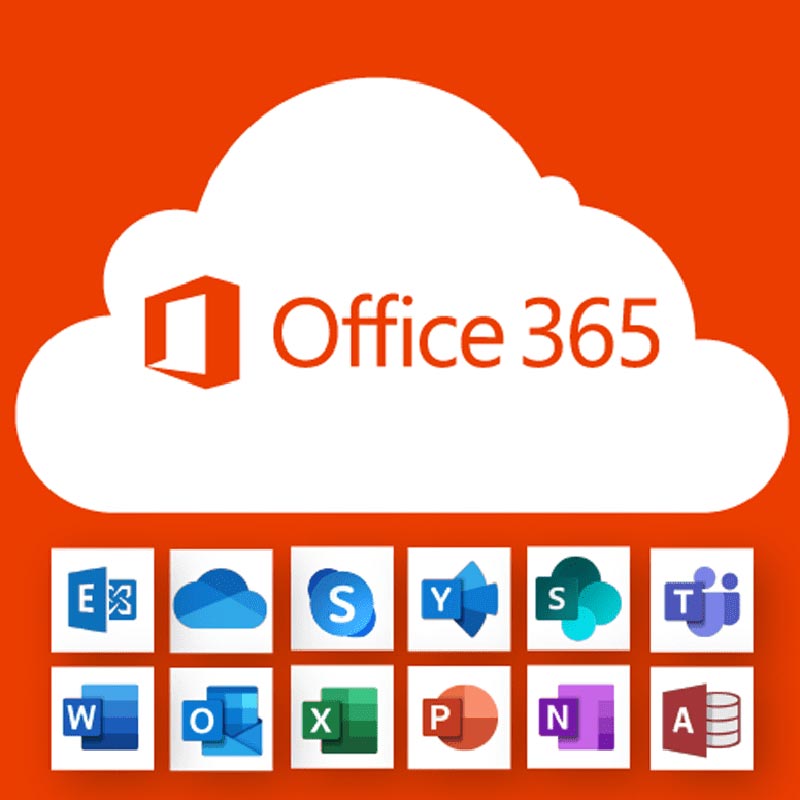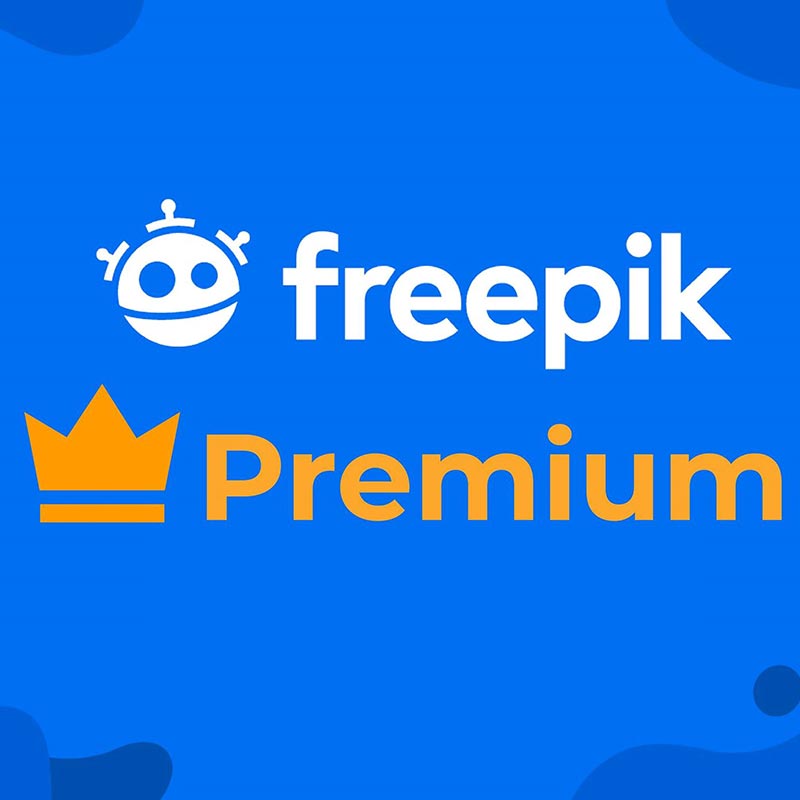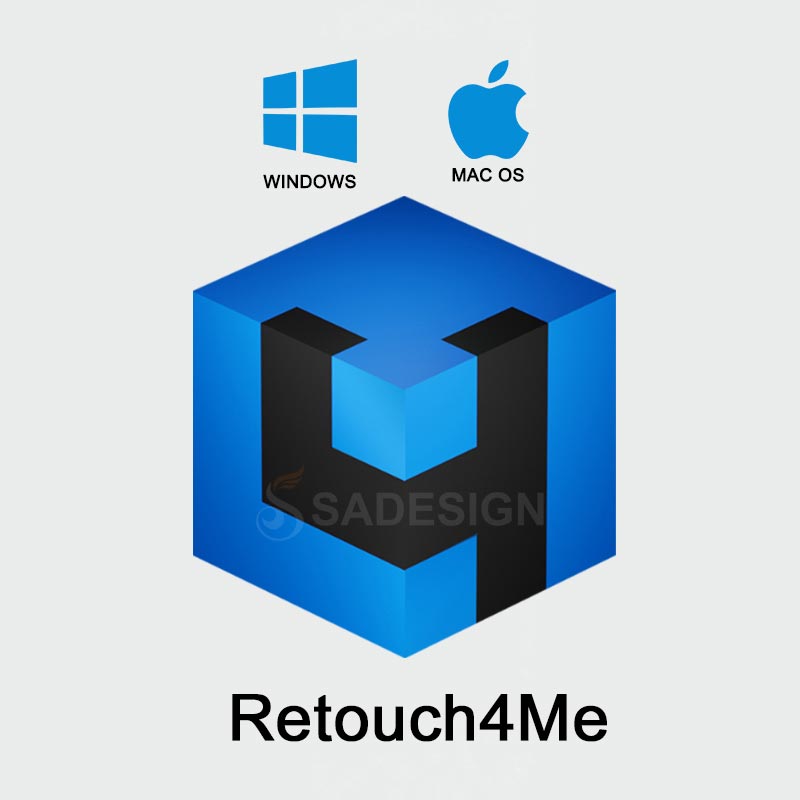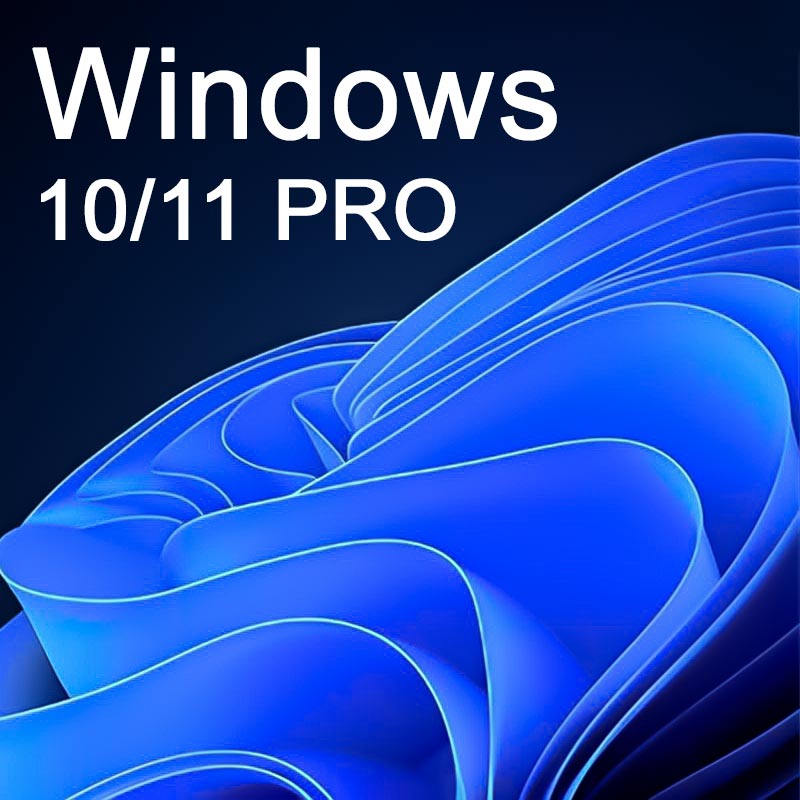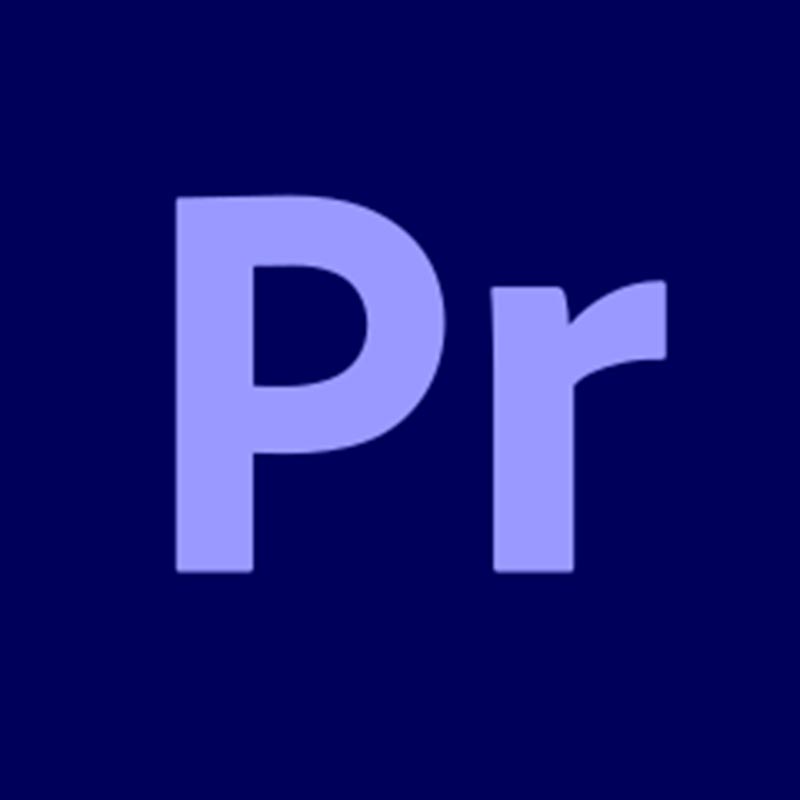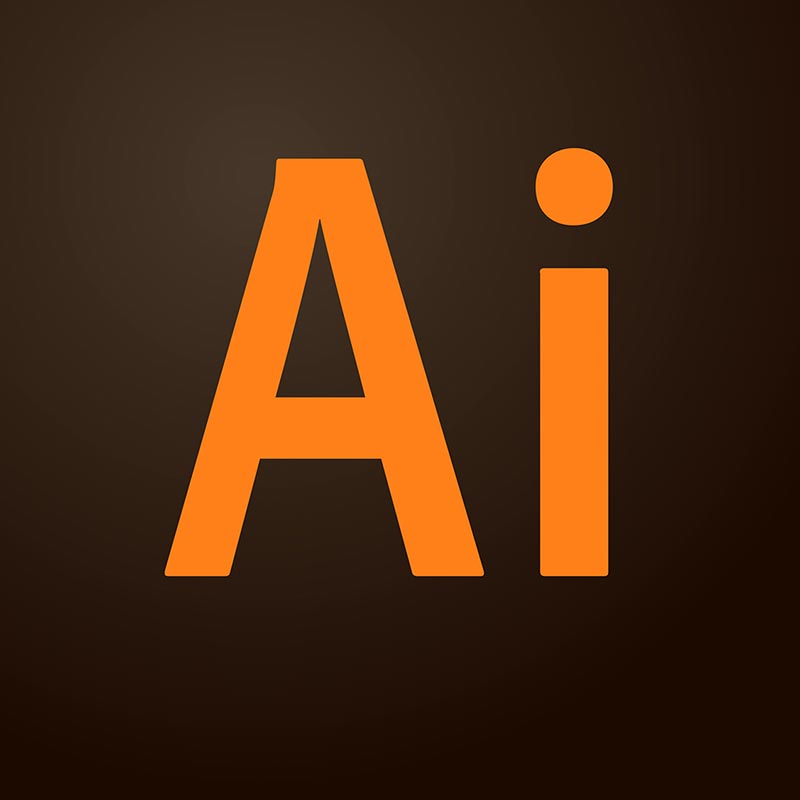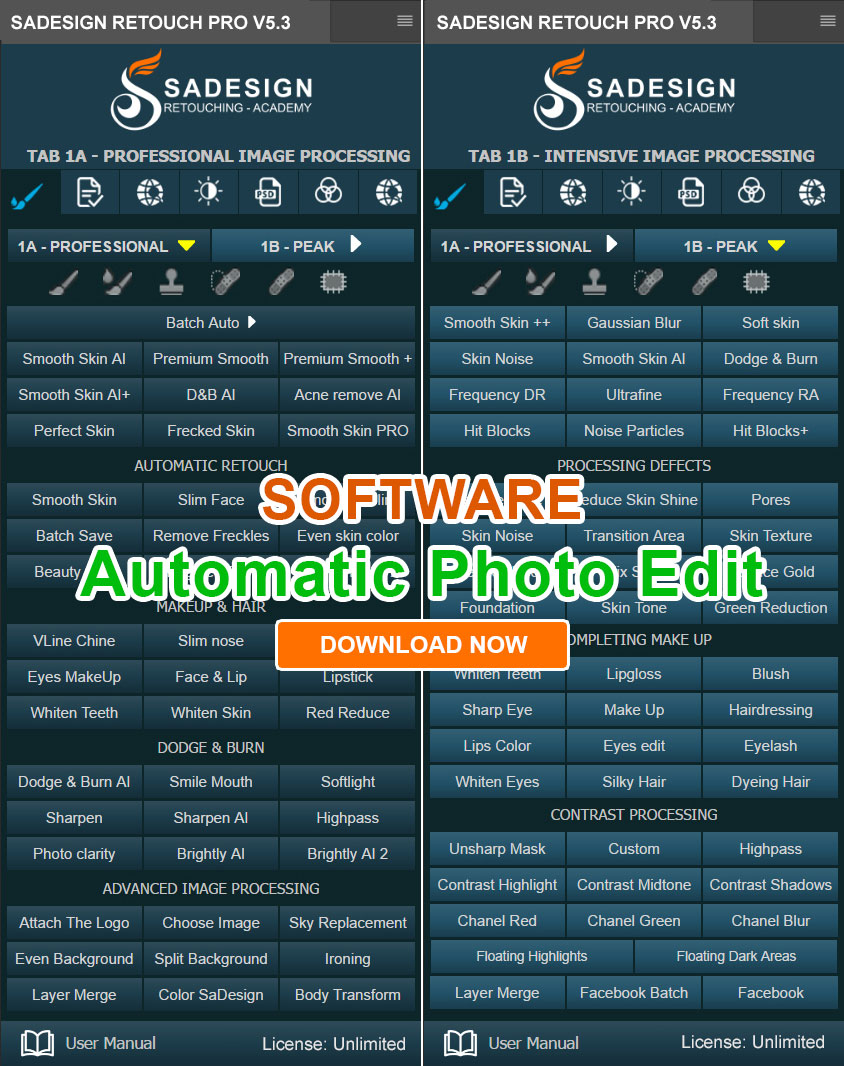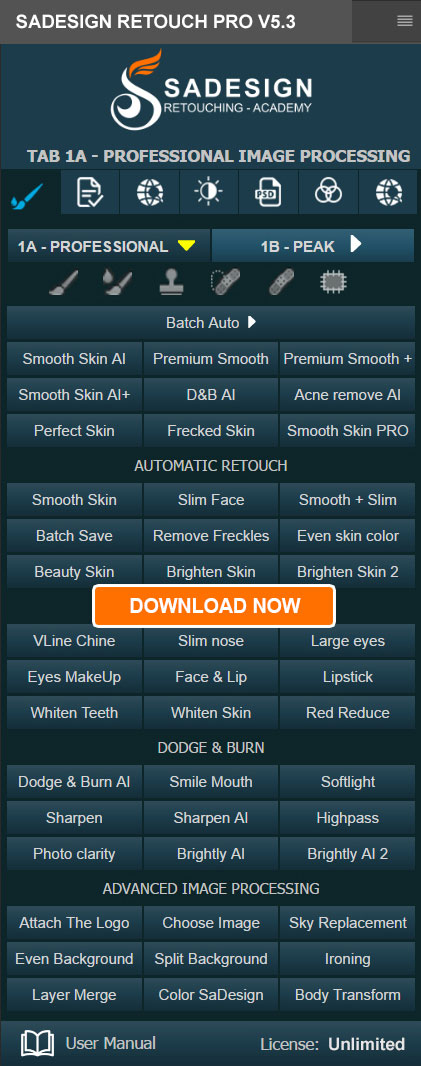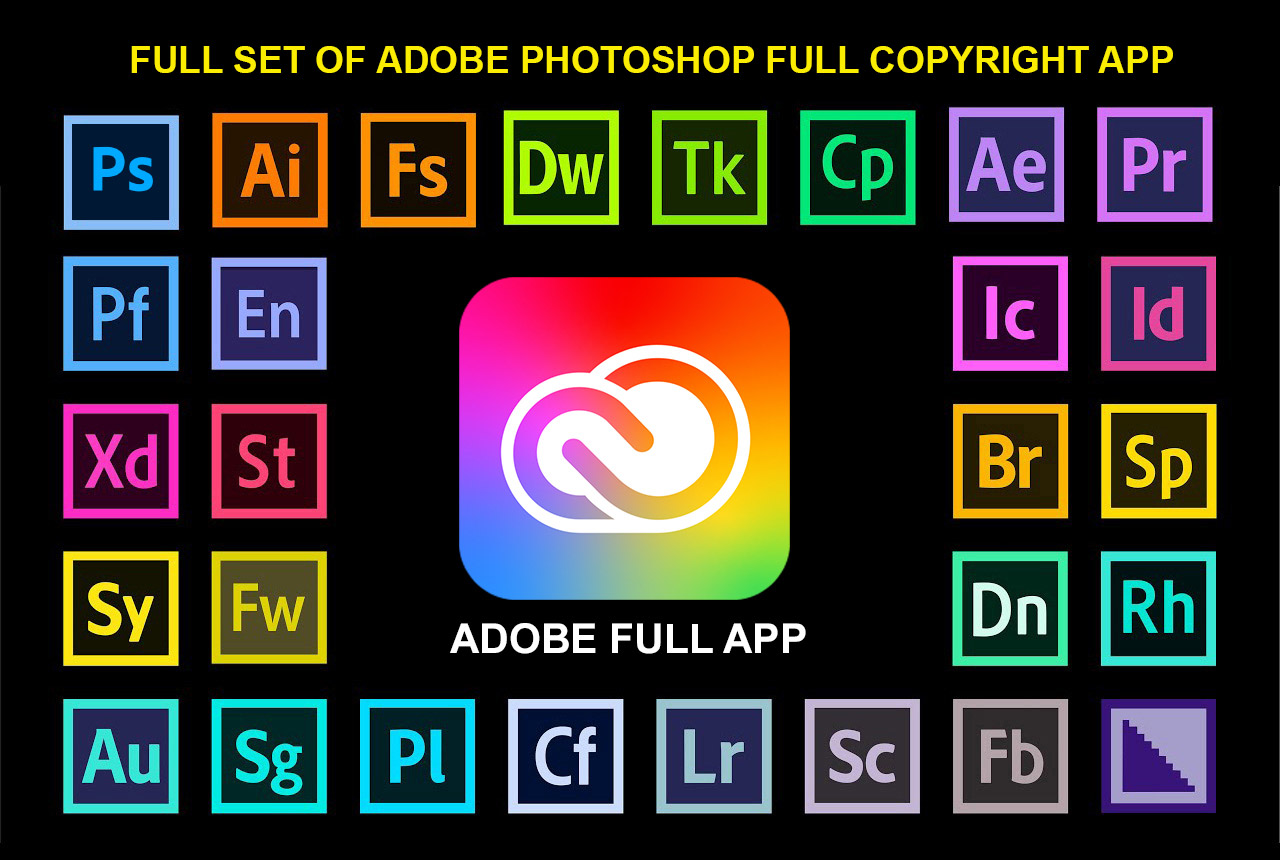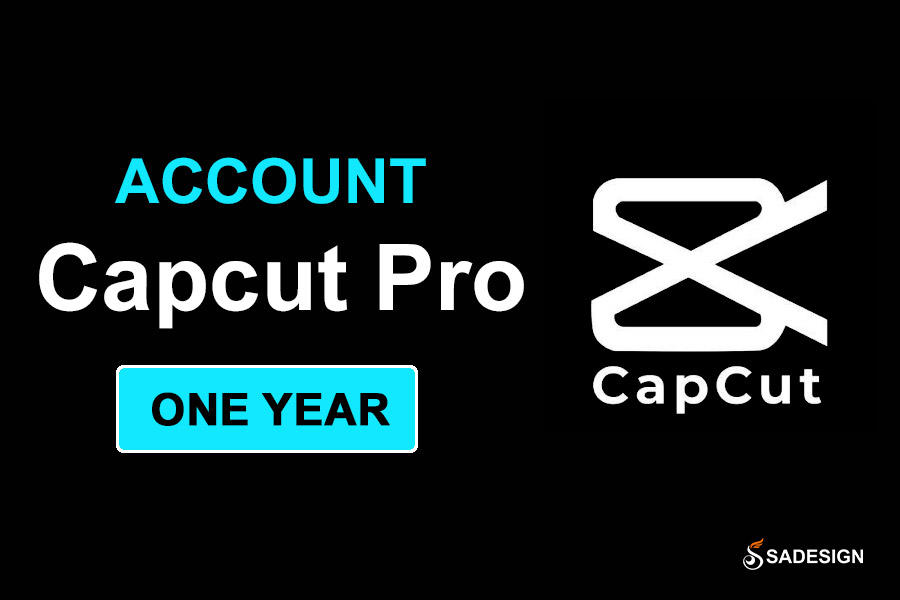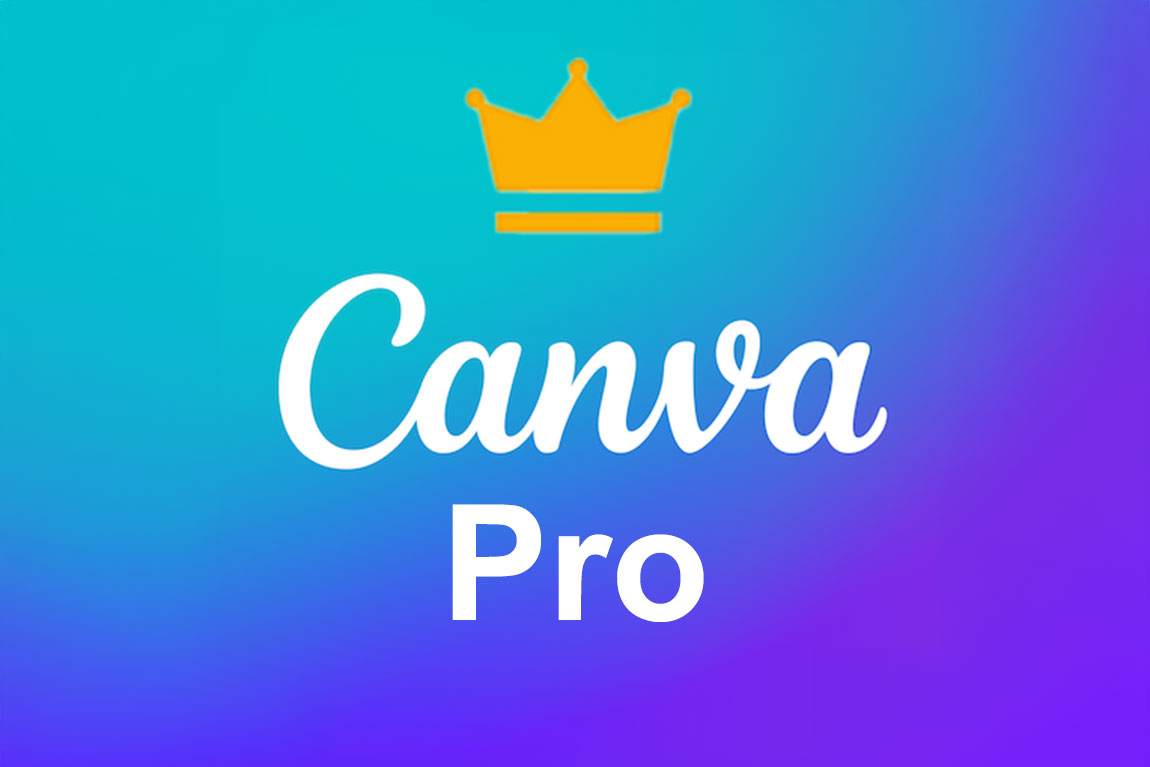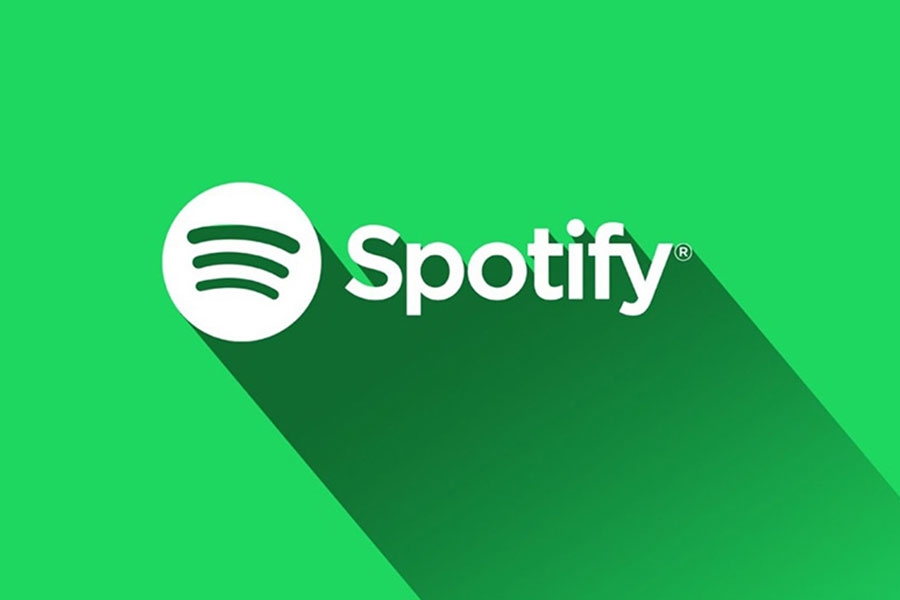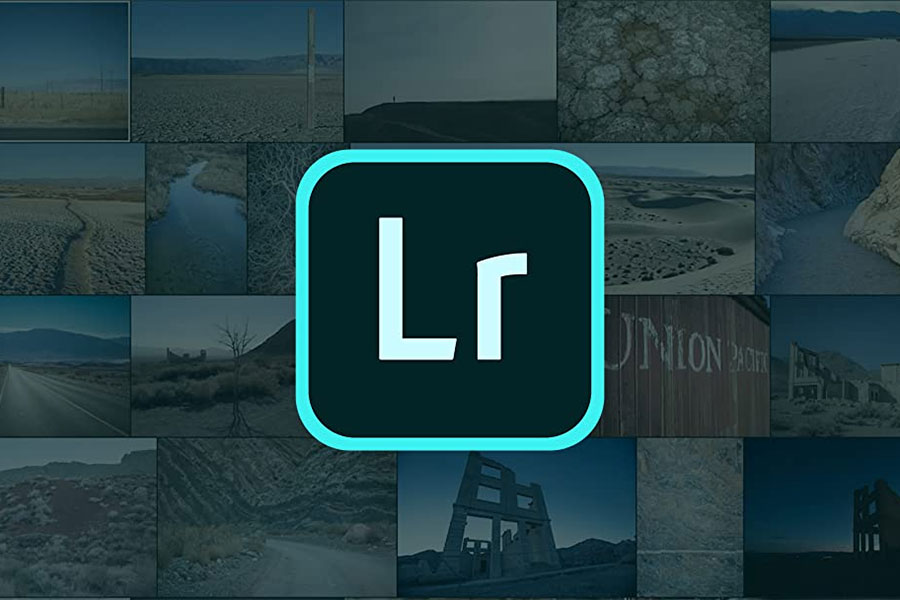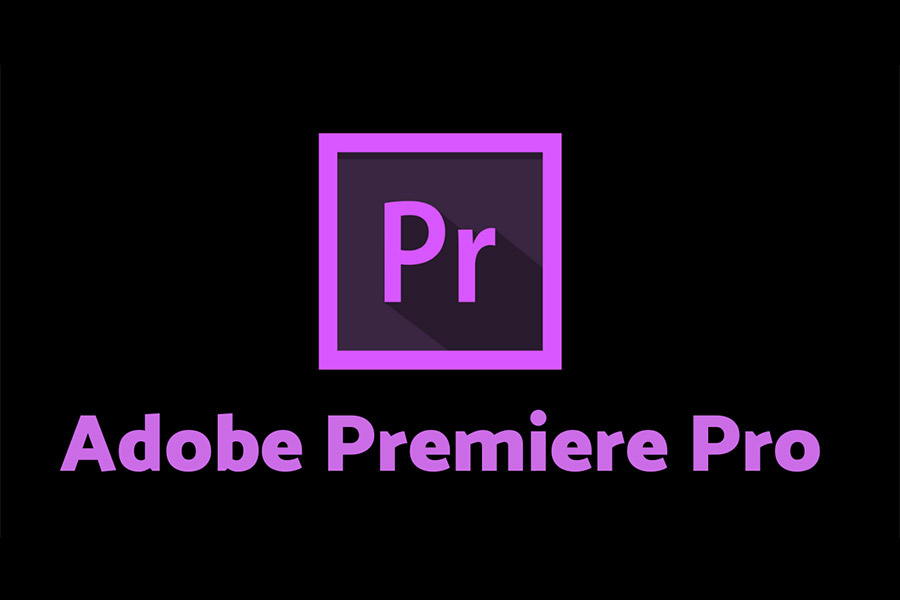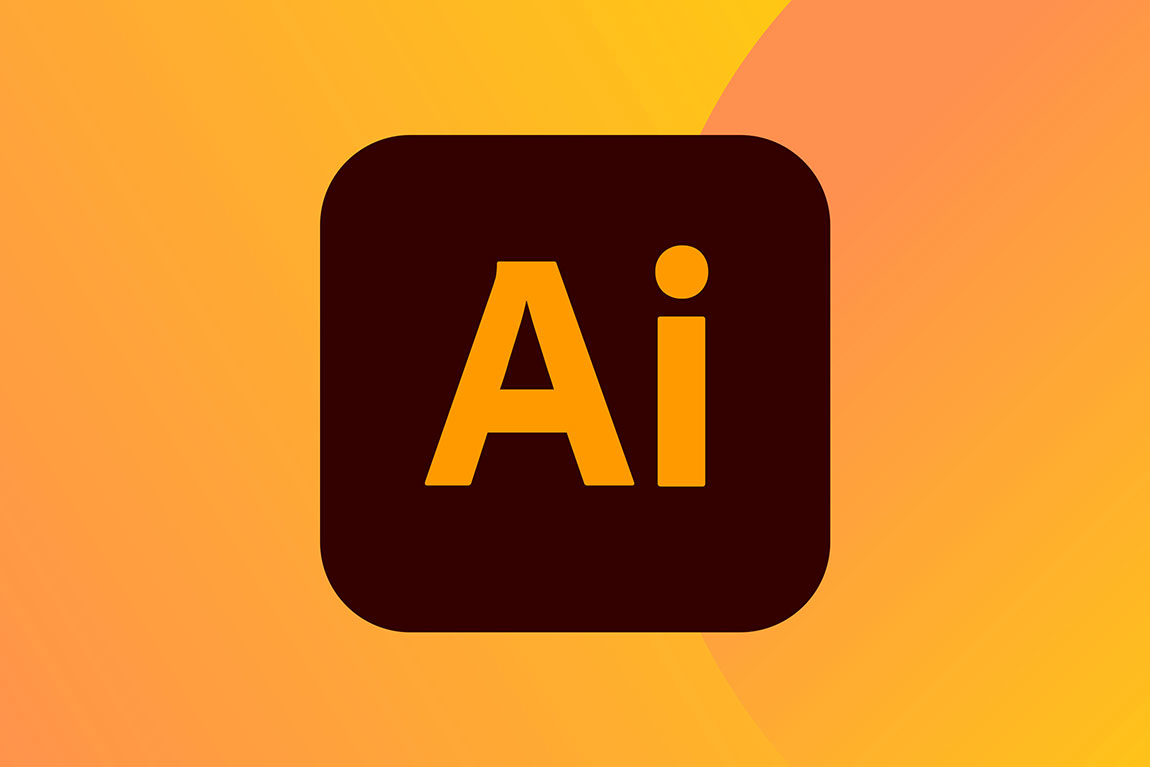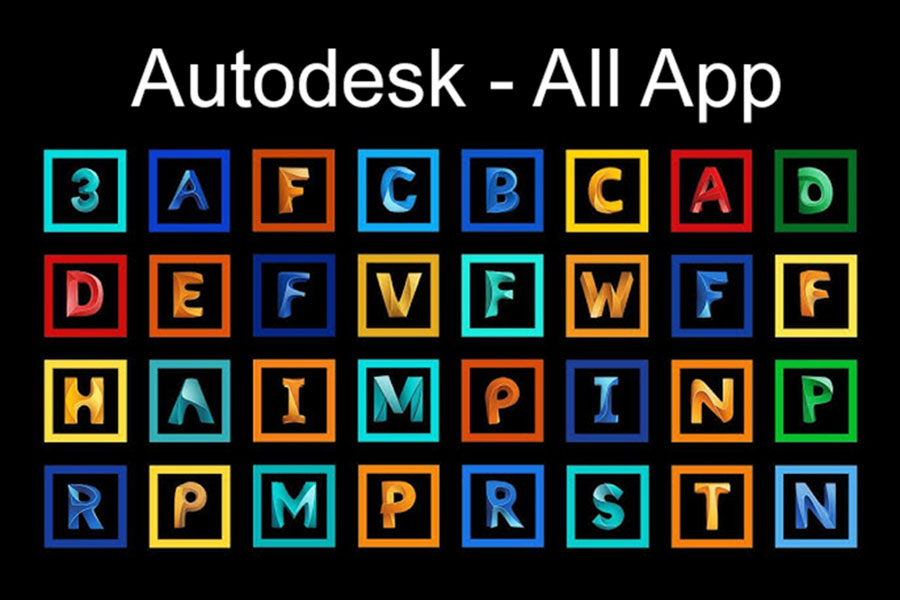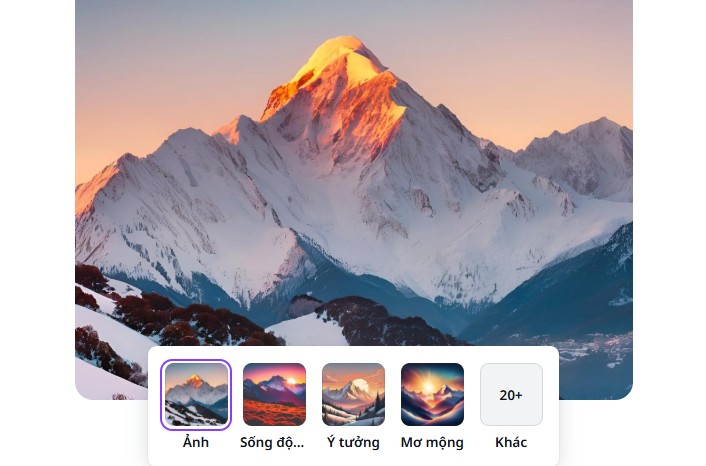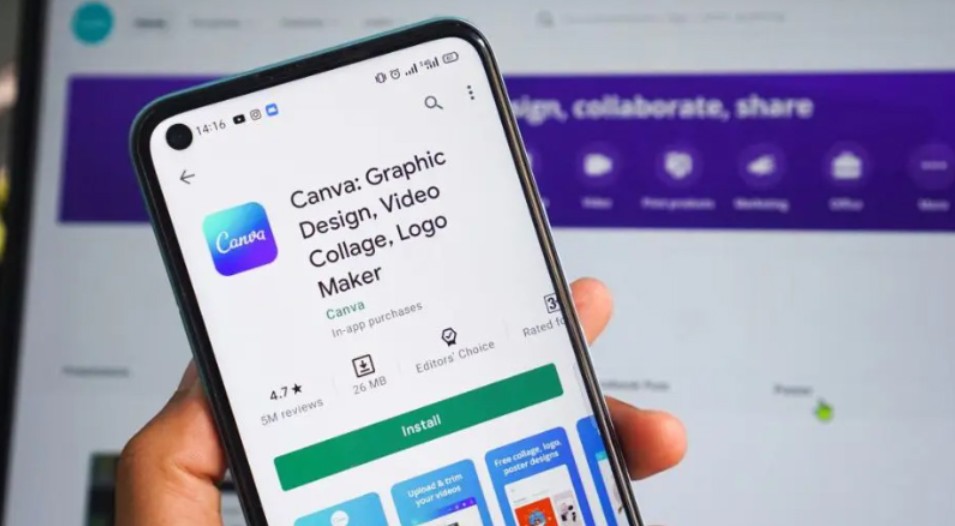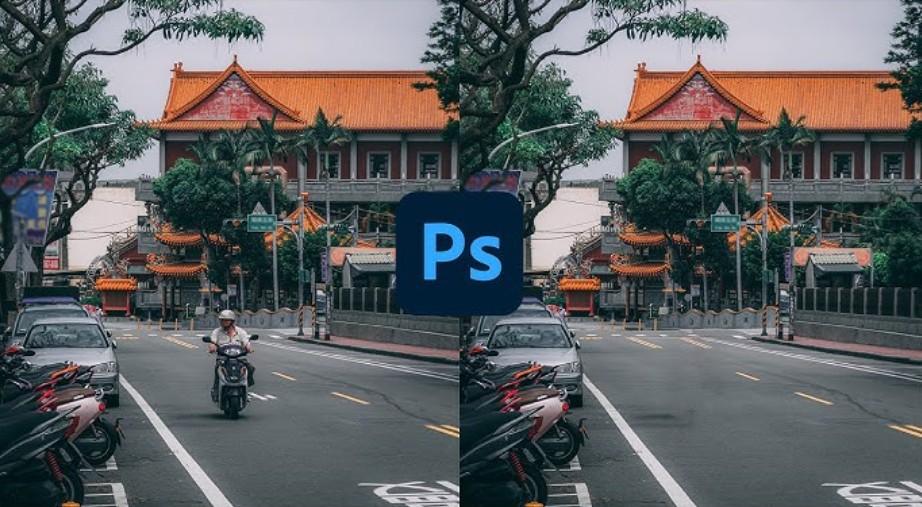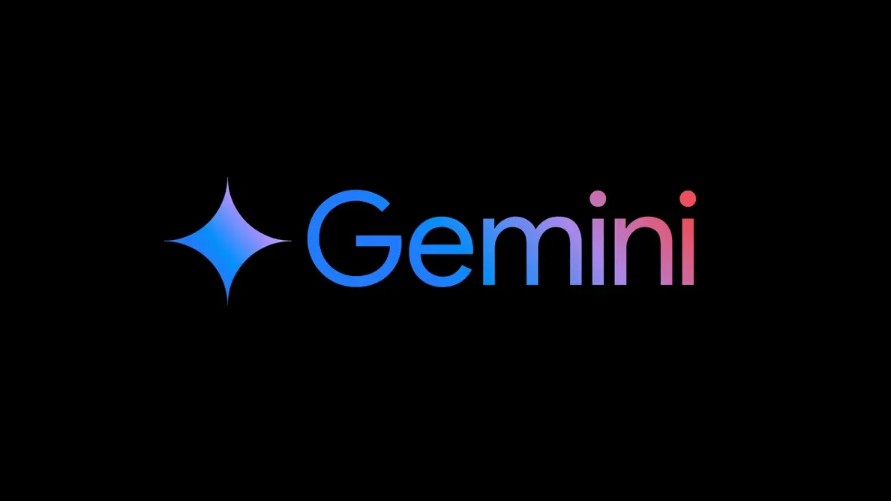Best Selling Products
Google reveals unified operating system Android – ChromeOS
Nội dung
Google is developing a unified operating system between Android and ChromeOS, aiming for a seamless experience across all devices.
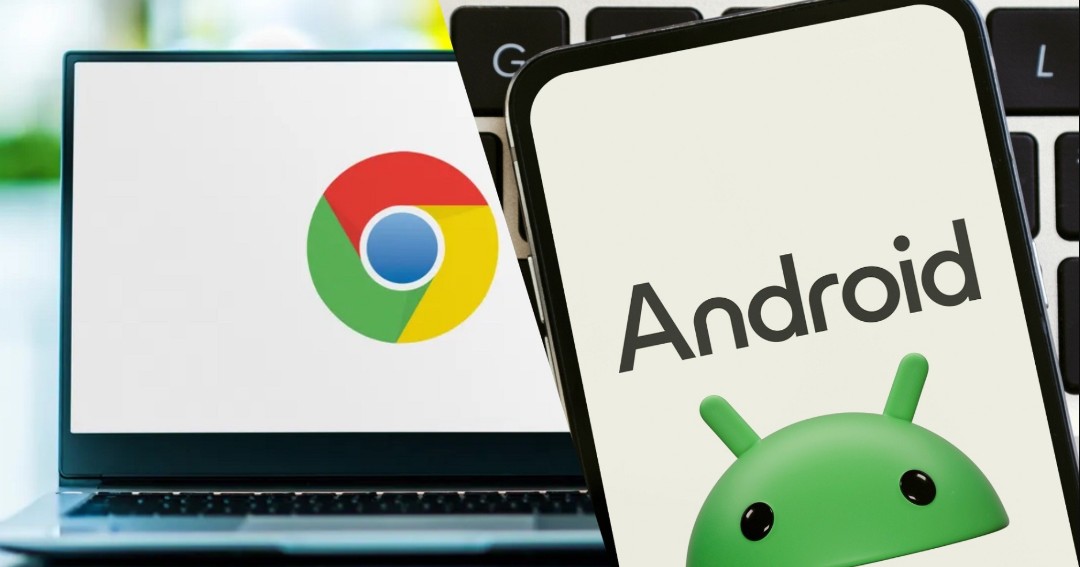
The global technology world is buzzing with the news that Google is confirming that it is in the process of developing a unified operating system combining Android and ChromeOS . This is no longer a rumor or speculation, but was officially announced by Hiroshi Lockheimer, Senior Vice President in charge of Android, ChromeOS and related products at Google.
According to Mr. Lockheimer, this project is an important strategic step in Google's long journey to build a unified platform, from smartphones, tablets to laptops and IoT devices that can all operate in the same ecosystem.
He emphasized that Google is aiming for a platform that is powerful enough to support both touch interfaces and keyboard and mouse operations, and is capable of automatically optimizing for different screen sizes. This means that in the future, users can open a laptop running Google's new operating system and feel the familiarity of Android, along with the inherent power and stability of ChromeOS. In a broader view, this is an important milestone in the strategy of unifying the software ecosystem. For Google, merging Android and ChromeOS is not just a technical project but a manifesto about the future of personal computing in the mobile and AI era.
1. From two independent platforms to a unified vision
To understand the significance of this project, it is necessary to look back at the development journey of Android and ChromeOS over the past decade.
Android, launched in 2008, is the world's most popular mobile platform. From the first smartphones to billions of devices today, Android has shaped a huge ecosystem, including the Google Play app store, Google Cloud services, and the participation of hundreds of hardware manufacturers worldwide.
.jpg)
ChromeOS, which was released in 2011, takes a completely different approach. It is a lightweight operating system based on the Chrome browser, aimed at cloud computing and education. Chromebooks are designed to be minimalistic and low-cost, mainly serving students and users with basic needs.
For years, Google maintained both platforms in separate roles. Android dominated the mobile market, while ChromeOS was once seen as a low-cost alternative to Windows and macOS. But the lines between device types are blurring. As tablets, touchscreen laptops, and 2-in-1s become more common, it no longer makes sense to keep the two operating systems separate.
Users today want a seamless experience: same Google account, same apps, same interface, and same stable performance across all devices. This is the driving force behind Google's decision to combine Android and ChromeOS into a unified operating system, instead of maintaining two parallel platforms with many overlapping points.
2. Core benefits of merger
The unification of Android and ChromeOS is about more than just interface or feature synchronization. Google aims for deeper integration at the core system level, aiming to address three key issues: performance, security, and scalability.
In terms of performance, the unified operating system will take advantage of the inherent advantages of both platforms. Android offers rich application compatibility, while ChromeOS stands out for its lightness, stability, and fast startup. When combined, users can run Android applications and operate on a smooth desktop environment without experiencing lag or resource consumption.
In terms of security, ChromeOS is considered one of the safest platforms today thanks to its sandbox mechanism, automatic updates and system recovery. When this technology is integrated into Android, Google can improve user protection, minimizing the risk of malware attacks, which is an inherent weakness of the Android ecosystem.
.jpg)
Finally, there is the ability to extend and develop applications. The unification allows developers to create applications that are compatible with all devices, instead of having to optimize for smartphones, tablets, or laptops. This not only reduces fragmentation but also encourages innovation within the developer community.
3. What did Google learn?
If you follow Google’s journey, you’ll notice that this isn’t the first time the company has pursued the idea of unifying its operating systems. Google previously developed Project Fuchsia: a completely new operating system, written from scratch with the goal of replacing Android and ChromeOS in the future.
Fuchsia was first introduced in 2016, causing a lot of curiosity when it was not based on the Linux kernel like Android or ChromeOS, but used its own kernel called Zircon. Google expected Fuchsia to bring a more flexible, more secure platform and easily expand to many different types of devices.
However, after years of quiet testing, Fuchsia has yet to become a large-scale commercial product. Google has installed Fuchsia on some Nest Hub devices for testing, but the project is still essentially just a “technology laboratory”.
The lessons from Fuchsia may have helped Google realize that rebuilding everything from scratch was an expensive, risky, and time-consuming path. Instead, the company chose a more practical path: combining what it already had to create a unified platform that both inherited the strengths of the past and opened up new directions.
.jpg)
It’s no coincidence that Google chose this time to launch its unification project. The market is witnessing an explosion of hybrid devices: tablets that can attach a keyboard to become a laptop, or touch laptops that can fold 360 degrees to be used as a tablet.
Users no longer want to distinguish between “computer” and “phone”, but just need a device that flexibly meets all needs: work, creativity, entertainment and connection.
Additionally, AI is becoming a core element of the modern user experience. Tools like Google Gemini, Assistant, or Duet AI all require operating systems that can process intelligence, optimize performance, and manage data securely. A unified platform will help Google deploy AI technology consistently across the entire ecosystem from Pixel smartphones to Chromebooks to enterprise devices.
In addition, the trend of cloud computing and 5G/6G also drives the need for flexible, always-connected operating systems that are ready to switch between online and offline without interruption. All of these factors make the merger of Android and ChromeOS an almost inevitable step, not only to keep up with the times, but also to shape the future.
4. Compete directly with Apple and Microsoft
It’s impossible not to mention the competitive aspect when talking about this project. Over the past few years, Apple has been very successful in merging iOS and macOS, especially since the launch of the Apple Silicon M1 chip. Thanks to that, Mac users can run iPhone/iPad apps, while the interface and performance between devices are extremely unified.
Google, with its huge Android user base, certainly doesn’t want to be left out. A unified operating system would help the company move Android “out of the phone” and into the laptop space.
On Microsoft's side, Windows 11 is also aiming to run Android apps, support touch and integrate AI through Copilot. The race is now not just about hardware, but who owns the more unified and intelligent software platform.
If Google succeeds, it could turn the next generation Chromebook into a “true Android laptop,” with the power of a PC, a rich app store, and the ability to instantly sync data via Google Cloud.
.jpg)
Of course, the road to a unified operating system is not a smooth one. Google will face many technical and strategic challenges.
First of all, there is the issue of hardware compatibility. Millions of Android devices today have different configurations, processors, and sizes. Ensuring that the new operating system works stably on all of them will be an extremely complex problem.
Second is the issue of application fragmentation. While the goal is unity, it is not easy for developers to quickly port and optimize their applications for the new platform. Google will need a more robust set of SDKs, APIs and development tools, and clear documentation to support the developer community.
Google also has to address the issue of brand positioning. ChromeOS is currently used mainly in educational and low-cost office environments, while Android is the symbol of mobile devices. Combining these two names into a unified brand is both an opportunity and a big challenge in shaping user identity and trust.
Finally, there is the competitive pressure from rivals. Apple, Microsoft, even Samsung and Huawei are all investing heavily in their own platforms. If Google does not act quickly, a unified operating system could emerge in a saturated market.
5. Google's long-term vision
Hiroshi Lockheimer is no stranger to the tech world. He was one of the chief architects who transformed Android from a small project into a globally popular mobile platform. He then went on to lead ChromeOS and Pixel devices, helping shape Google's entire software strategy.
Mr. Lockheimer's announcement is not only technical, but also reflects Google's long-term vision of technology convergence. In the future, Google may aim for a single platform for all smart devices, from phones, computers, TVs to cars and smart wearables.
A unified operating system will be the foundation for Google to expand its influence in new areas such as spatial computing, augmented reality (AR), or personal AI computers (AI PC).
.jpg)
Currently, Google has not announced an official name or specific release date for this unified operating system. However, the technology world predicts that the company may reveal more details at Google I/O 2026 or major events like CES.
The international technology media is placing high hopes on the project. Some analysts believe that this could be the start of “Android 15X” or “ChromeOS Next”, while others believe that Google will choose a completely new name, reflecting the stature of the post-Android era.
Whatever its name, Google's unified operating system will certainly reshape the personal computer market, opening a new chapter in the global ecosystem race.
The combination of Android and ChromeOS is not only a technological step forward, but also a survival strategy for Google in the post-smartphone era. As the boundaries between devices become increasingly blurred, only unified, flexible and intelligent ecosystems can survive and thrive. If successful, this unified operating system will make Android-based laptops a reality, providing a seamless user experience from phone to computer, while helping Google consolidate its position in the field of personal computing
